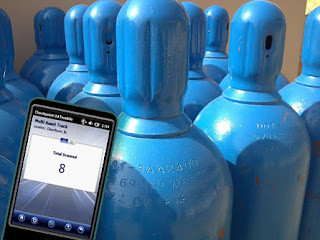 A common myth in healthcare is that RTLS and RFID are only used to track the location and movement of medical equipment.
A common myth in healthcare is that RTLS and RFID are only used to track the location and movement of medical equipment. But that neglects the fact that healthcare and life science firms have infrastructure to maintain like every other business. Hospitals, pharmaceutical firms and research labs have capital equipment that needs to be tracked and traced; IT assets; consumables and supplies; tissue samples; tools; vehicles and transportation devices.
And location is not the only thing that needs to be tracked. Since consumables and tissue samples are perishable and specialized equipment needs to be regularly calibrated, maintained and/or sterilized, updating an asset's location along with its current status helps ensure patient safety.
The following table lists examples of assets tracked with RFID in Healthcare:
More information:
RTLS & RFID use cases in Healthcare
White paper download "RFID and RTLS in Healthcare: Myths and Realities".
RTLS & RFID use cases in Healthcare
White paper download "RFID and RTLS in Healthcare: Myths and Realities".






